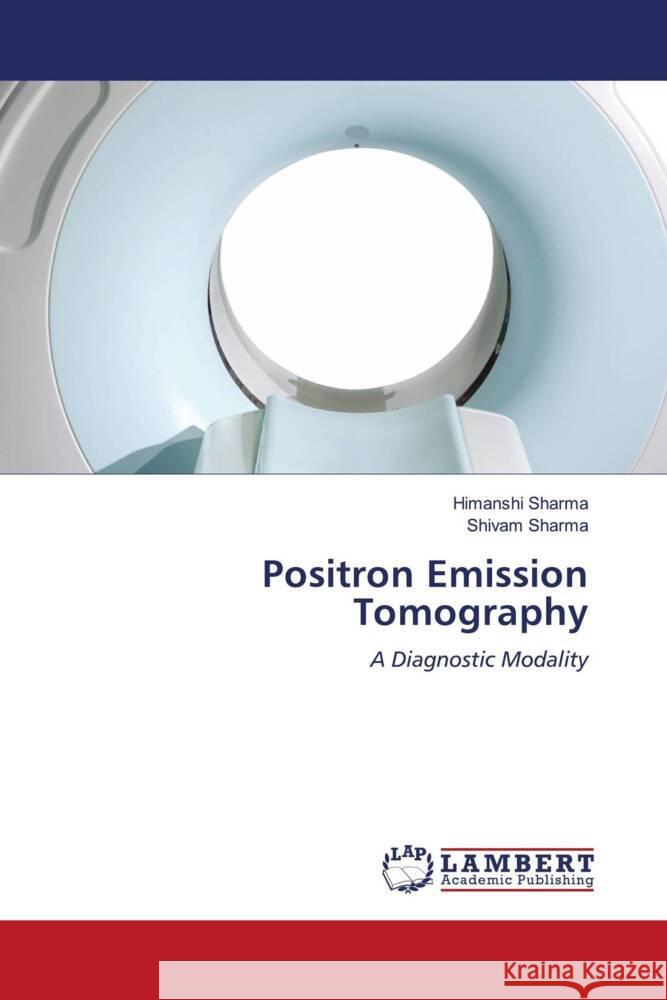Positron Emission Tomography » książka
Positron Emission Tomography
ISBN-13: 9786204204642 / Angielski / Miękka / 92 str.
Positron emission tomography (PET) is a functional imaging technique that uses radioactive substances known as radiotracers to visualize and measure changes in metabolic processes, and in other physiological activities including blood flow, regional chemical composition, and absorption. Different tracers are used for various imaging purposes, depending on the target process within the body. For example, 18F-FDG is commonly used to detect cancer, NaF-F18 is widely used for detecting bone formation, and oxygen-15 is sometimes used to measure blood flow.PET is a common imaging technique, a medical scintigraphy technique used in nuclear medicine. A radiopharmaceutical - a radioisotope attached to a drug - is injected into the body as a tracer. Gamma rays are emitted and detected by gamma cameras to form a three-dimensional image, in a similar way that an X-ray image is captured.PET scanners can incorporate a CT scanner and are known as PET-CT scanners. PET scan images can be reconstructed using a CT scan performed using one scanner during the same session.One of the disadvantages of a PET scanner is its high initial cost and ongoing operating costs.











